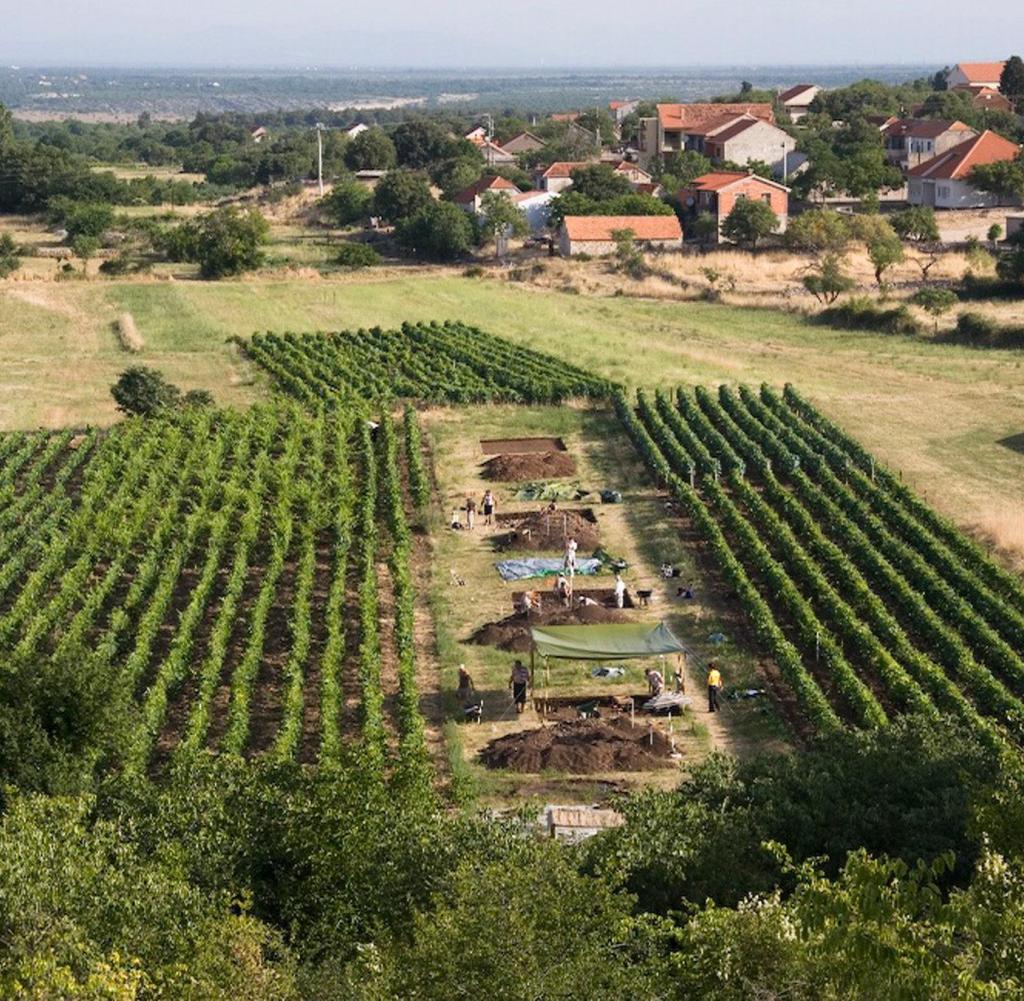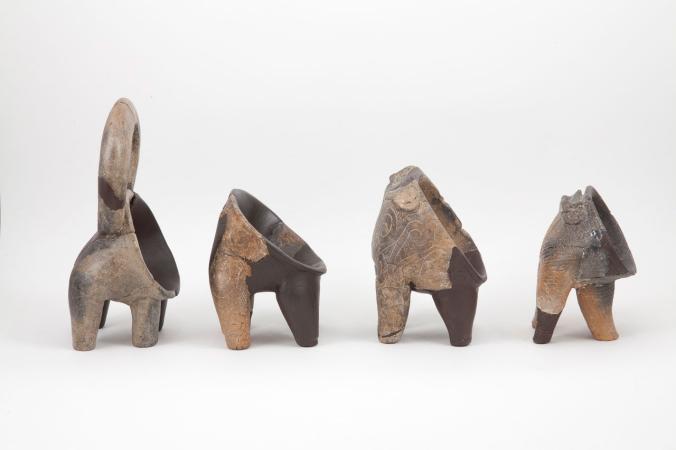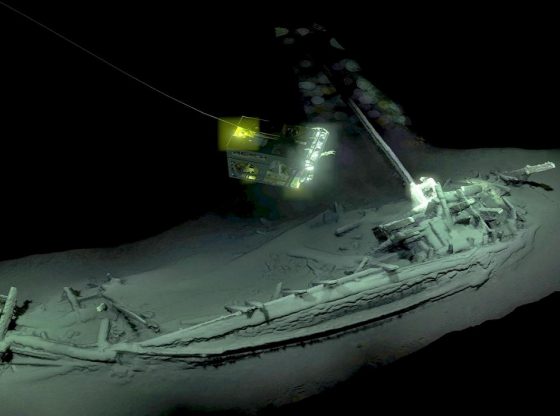
The earliest evidence for cheese making in the Mediterranean has been found in pottery from Croatia’s Dalmatian coast, according to a new study.
Fatty acids detected on potsherds from Croatian archaeological sites contain evidence of the earliest known cheese production in the Mediterranean region, according to a study published September 5, 2018 in the open-access journal PLOS ONE by Sarah McClure of the Pennsylvania State University and colleagues.

The signs of cheese were found during an expedition to two ancient villages called Pokrovnik and Danilo Bitinj on the Dalmatian coast, east of the Adriatic Sea in Croatia. As the sites hosted early farming populations between 6,000 BCE and 4,800 BCE, the team decided to explore the region, hoping to find and study some archaeological artifacts from the same time period.

The team found pottery shards that date to between 6,000 and 5,000 B.C. They extracted traces of fats from the surface of the pottery and analyzed them based on mass and their carbon isotope fingerprints to figure out whether they came from meat, liquid milk, or cheese. The analysis revealed evidence of fermented dairy products — soft cheeses and yogurts — from about 7,200 years ago
“This pushes back cheese-making by 4,000 years,”
– Lead study author Sarah McClure, an associate professor of anthropology with Pennsylvania State University’s Department of Anthropology
DNA analysis of the populations in this area indicate that the adults were lactose-intolerant, but the children remained able to consume milk comfortably up to the age of ten.
“First, we have milking around, and it was probably geared for kids because it is a good source of hydration and is relatively pathogen-free,”
“It wouldn’t be a surprise for people to give children milk from another mammal.”
– Said McClure.
According to the researchers, dairying — and especially cheese and fermented milk products — may have opened northern European areas for farming because it reduced infant mortality and allowed for earlier weaning, decreasing the birth interval and potentially increasing population. It also supplied a storable form of nutrition for adults, because the fermentation of cheese and yogurt reduce the lactose content of milk products, making it palatable for adults as well as children.
With a food source that could buffer the risk of farming in colder northern climates, farmers could expand their territories.
Reference:
Sarah B. McClure et al. Fatty acid specific d13C values reveal earliest Mediterranean cheese production 7,200 years ago. PLOS ONE 5 september 2018. DOI: 10.1371/journal.pone.0202807






















